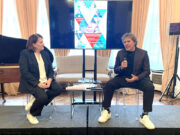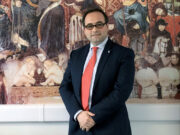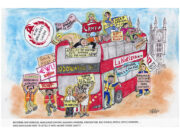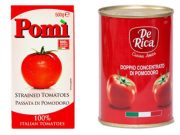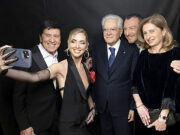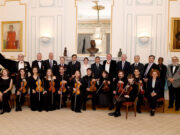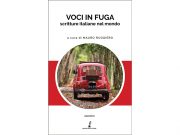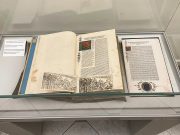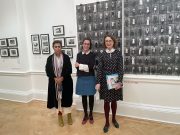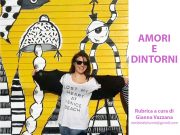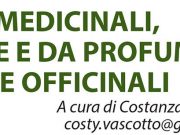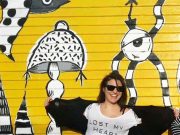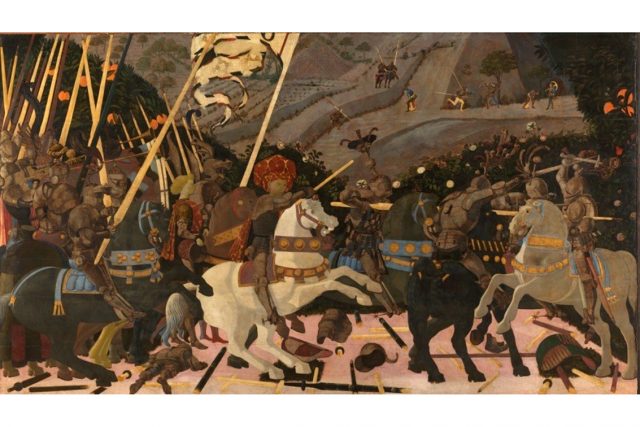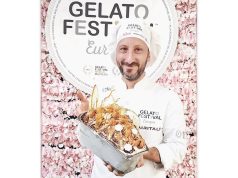The National Gallery has selected The Battle of San Romano by Paolo Uccello as the source of inspiration for the 26th annual Take One Picture exhibition where is showcasingartworks by primary school children from across the UK from the 17th of June to the 12 of September.
Each year the Gallery invites primary schools nationwide to focus on one of its paintings and respond creatively to its themes and subject matter, historical context, or composition. The programme aims to put art at the centre of children’s learning across the curriculum, inspiring a lifelong connection with artists’ work, museums and galleries.
This year the National Gallery has selected The Battle of San Romano, painted probably about 1438–40, one of three battle scenes by Uccello showing the Florentine army’s victory at San Romano in 1432, an important battle in a war over Florence’s access to the port of Pisa. The others are now in the Louvre, Paris and the Uffizi, Florence. This large and busy painting shows a key moment in the war, with the commander Niccolò da Tolentino leading an attack at the small town of San Romano in Tuscany. The flowers and oranges show that it took place during high summer.
Battles are notoriously hard to depict, and Uccello has shown not the chaotic reality of a bloody conflict but a formal, almost courtly, scene. The Florentine commander, Niccolò da Tolentino, rides a white charger and wears a magnificent red and gold hat. He leads a cavalry charge from the left, while at the right a knight on a white horse fights off three others.
Uccello was intensely interested in linear perspective – using lines to create an impression of three-dimensional space within a painting (at the time a relatively recent discovery) or by experimenting with the laws of perspective to impose order on a chaotic scene. He depicts the broken lances in the foreground with a formal grid-like pattern, and scattered pieces of armour are shown at various angles. The thick hedge and the rising fields behind could be an attempt to show the battle’s location which was described as taking place in a long hollow, overgrown with vine and brambles. He mixed traditional and new techniques, using real silver and gold leaf for armour and fabrics. The whole impression, with the milling crowds, the clumsy perspective and rather doll-like horses, is almost more like that of a tapestry than a painting
Ranging from armoured beasts and shining shields to plumed helmets and printed flowers, the exhibition will feature a range of works reflecting the richness of children’s creative responses to Uccello’s painting. One of the reasons for the choice of painting was the hope that it would inspire children to talk about conflict and resolution, encouraging them to think about valuable life skills including fortitude and resilience in the face of great difficulty. Many of the projects were created during lockdowns in the UK when activities were limited due to Covid-19 restrictions, echoing the battle with a global pandemic. From their artworks it is clear that they were thinking about the things we can fight for, and against, and how we can overcome different challenges. The creative responses show children engaging with enduring concepts from this Renaissance painting through their own contemporary experience, which still resonate deeply today.
“The children’s wonderful responses show – Karen Eslea, Head of Learning and National Programmes at the National Gallery, said – that when art is at the centre of learning it ignites curiosity and inspires children to research, to create and to develop important literacy and life skills. It also encourages them to connect to their communities and to inspire adults to engage with art and with other people.”


